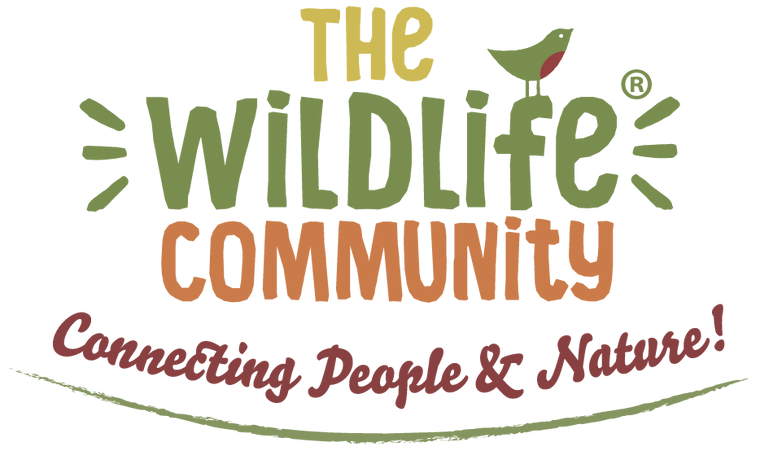REWILDING...

A Changing Landscape...
The past twenty years has brought change to the world of conservation. We used to manage crisis by ring-fencing the last remaining shreds of varied and rich habitat to try to preserve species threatened with eradication. We now know that for the natural world to thrive and prosper, we need to embrace a more holistic and collaborative view of sustainable land management across an entire landscape.
We are now moving away from isolated havens for wildlife that are surrounded by oceans of monoculture to feed the human population in exchange for an effective food production system that is equally effective for nature capital. Nature capital isn’t about adding a price tag to everything, but if we are to truly see change, we must begin to see the value of a healthy complex rural UK and beyond.
Rewilding...
This word can conjure an image of ragged, unproductive farmland that has been left to ‘ruin’. For others it is the bright light at the end of what has been a very dark tunnel.
Rewilding allows natural architects to do what they have carefully evolved to do. Their effect on the landscape develops and ensures a balanced and harmonious mosaic of habitats that then support a much greater biodiversity and biomass.
A range of domesticated, herbivorous mammals play their part, with rodents such as beavers contributing to instrumental landscape change. In the absence of apex predators such as wolves, bears and lynx, humans carefully manage these populations each year to maintain balance. These species become part of the human food chain, a form of livestock farming that boasts higher animal welfare and meat quality.
In landscapes where apex predators do still exist, other forms of low intensity agriculture can coexist within the balanced landscape that surrounds it.
Restoration...
We live on a planet with finite resources. If we are to continue to do so without seeing the natural infrastructure that supports our very existence crumble, we must all change to the way we live. The planet recently saw its 8 billionth human born. We must of course address our own exponential population expansion, but even with 8 billion mouths to feed, this marvellous blue marble can sustain us all whilst allowing other living things to flourish. We must act swiftly, taking our hands off the wheel and allowing natural systems to work their magic. To speed things up, we can become directly involved in the management of landscape with restoration projects.
Instead of creating an environment where nature recovers at its own pace, we can introduce methods that help the process. Planting wildflower mixes in hay meadows and cutting those meadows later in the summer allows a wide range of invertebrates to make a comeback, as well as allowing ground nesting birds to raise their families. Planting indigenous trees and shrubs in areas where hedgerows and woodlands have been removed gives birds artificial places to rear their young until those trees reach a level of maturity that can support them naturally. All these things can be done on working farms without significantly impacting the overall health of the farm or the food chain.
A Sustainable Future...
Ultimately, we need to embrace the principles of living with less. Less food waste, less meat per person, less consumerism.
If we rethink the way we live, we can exist harmoniously on a planet that also supports a rich and varied natural world. The Danish word ‘hygge’ sums up some of the values that can help us all find happiness in the simpler things in life, sitting by a cosy fire with a loved one, going for a walk in the woods and breathing the clean air, watching birds visiting the garden. All these things are hygge. Let’s all embrace the simpler pleasures in life and allow room for nature to prosper with us.
*********************************************************
We have put together THREE levels of rewilding packs based on knowledge gained on our own successful rewilding project in Devon. The packs are based on CONSERVATION GRADE HABITATS as supplied to major conservation bodies. For more information click the buttons below to help choose the relevant product for your specific requirements.
If you would like a more bespoke pack of products suited to your rewilding project, please call us to discuss.
*********************************************************
PUTTING IT INTO PRACTICE
We have our own rewilding project and have seen great results. 14 years ago our CEO and founder of Wildlife World Norman Sellers purchased the small farm near Dartmoor which was an intensive bull beef and grassland.
Wildlife World and Moor Trees (a small Devon based charity dedicated to planting trees) set on rewilding projects. Firstly the land was converted by us to ORGANIC and then certified by the SOIL ASSOCIATION. Then 4000 native trees were planted with Moor Trees and their volunteers.
Then there were 5 acres of traditional cider apple orchards planted, allowing grazing below. Apart from the fruit, these orchards provide tremendous biodiversity. Yellow rattle was encouraged to establish in the meadows and these wildflower and multispecies meadows are left till late to cut or not cut at all to leave the nectar sources and encourage voles and other small mammals.
The result has seen a huge increase in bees and butterflies, wild birds and small mammals in our nesting boxes. There are now roe deer, badger, tawny and barn owls, buzzards and even a red kite.
The rewilded area is used to test our wildlife products, to check efficacy, materials, and life span.
Alternatively If you would prefer to browse and choose the individual products that make up the packs follow the link below and shop as normal...






